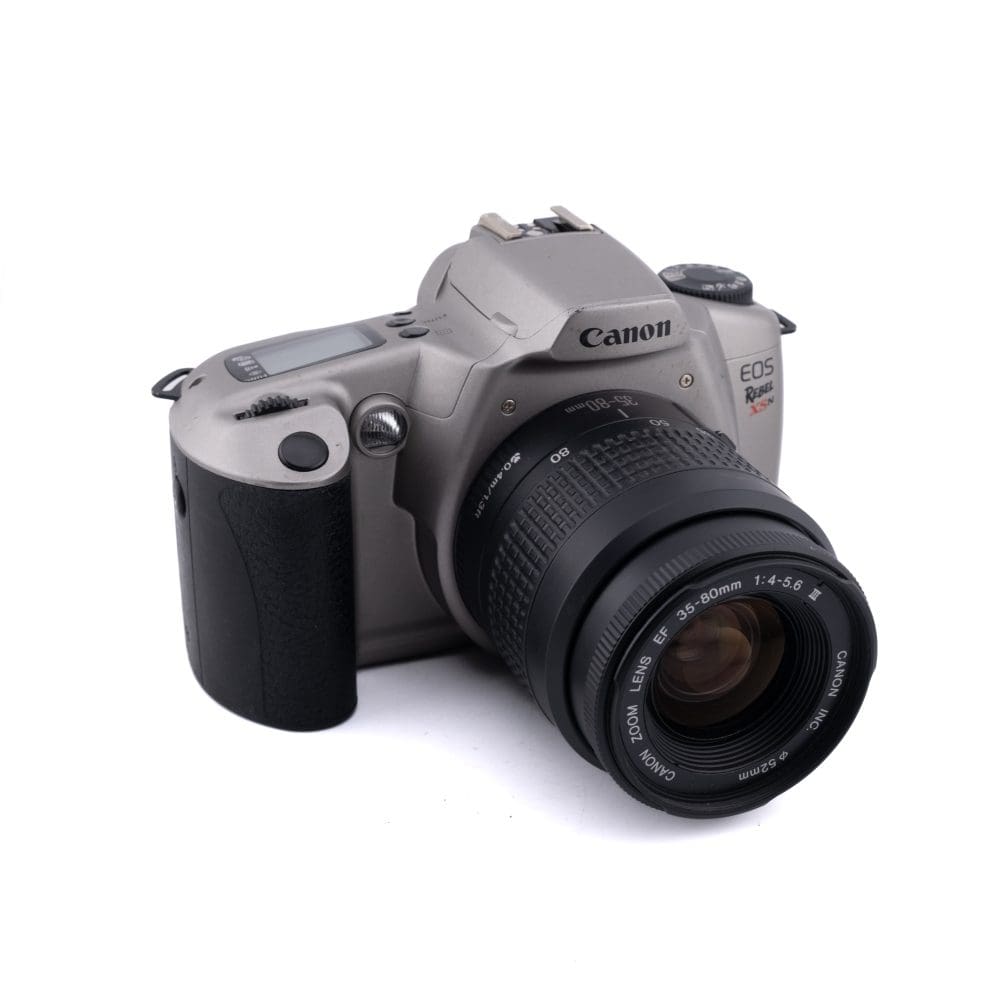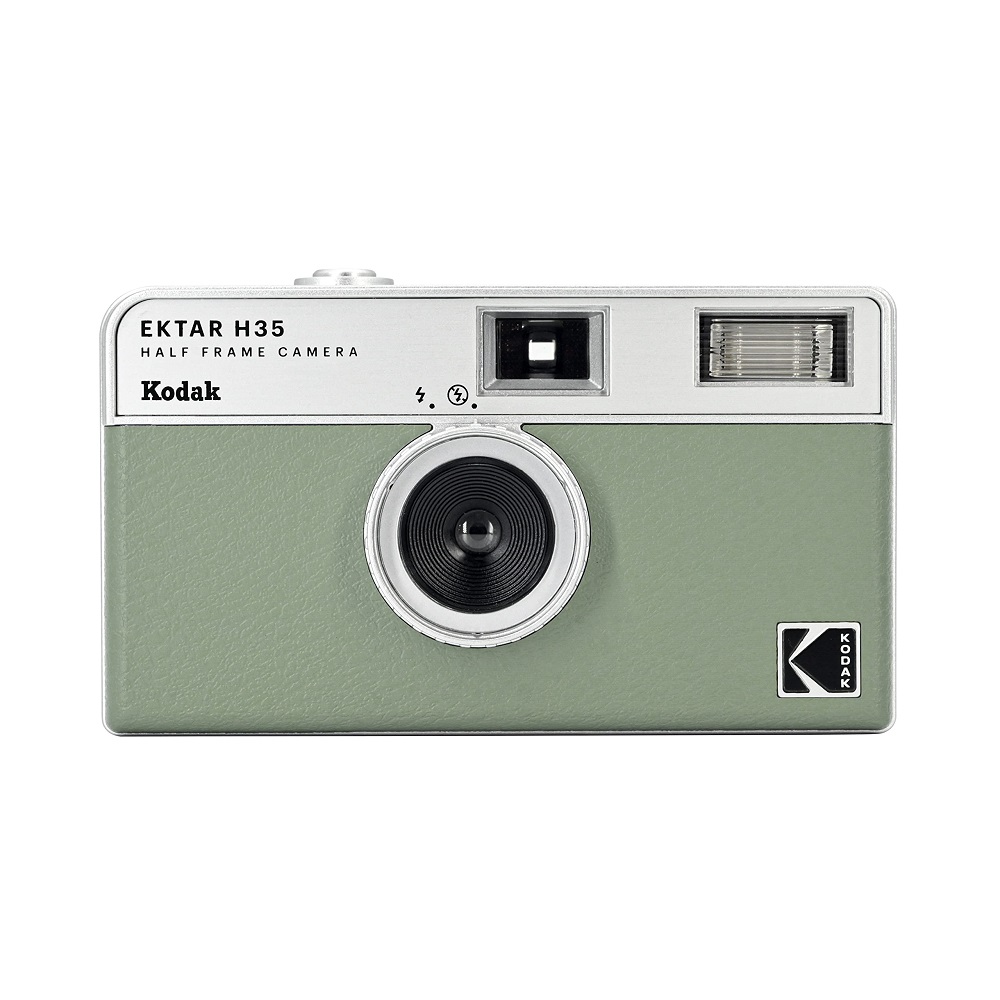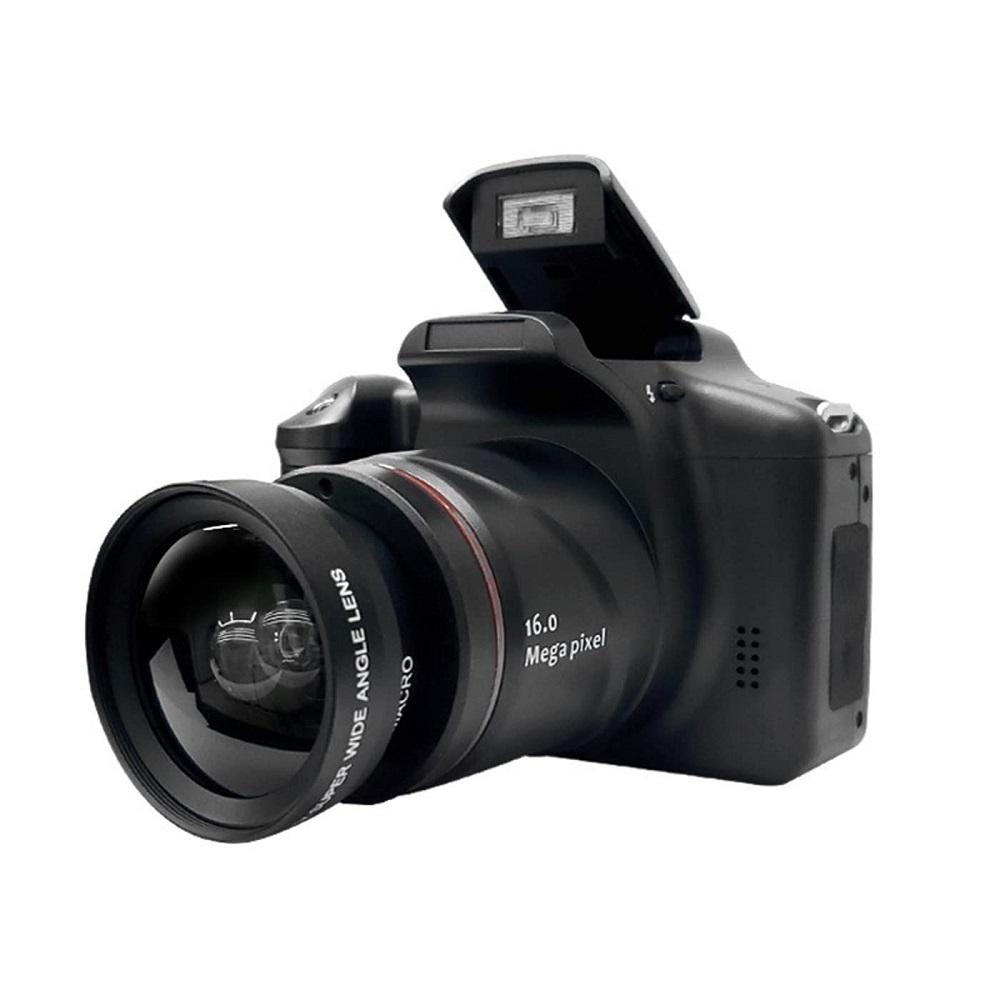Introduction to Camera Access on Mac
Understanding how to access the camera on your Mac is crucial for many applications. This guide will explore the importance and methods of granting or denying camera access.
Why apps require camera access
Many apps on your Mac might request camera access to fulfill their functionality. Video conferencing tools like Skype or Zoom need to use your camera for video calls. Social media apps use your camera to enable photo and video posting directly from your device. Ensuring these applications can use your camera is essential for seamless operation.
Privacy and security considerations
While it’s useful to allow camera access, it’s also critical to consider privacy and security. Unauthorized camera access can pose risks, including privacy breaches. Always verify the credibility of the application before you allow camera access. In your Mac’s settings, you can manage which apps have camera access, ensuring that only trusted applications can use it. This step is vital for protecting your privacy while using your Mac.

Enabling Camera Access in System Preferences
To enable camera access on your Mac, follow these simple steps in System Preferences. This ensures that your approved applications can use the camera without any issues.
- Click on the Apple icon located at the top left corner of your screen.
- From the dropdown menu, select ‘System Preferences.’
- This action opens the System Preferences window, where you can adjust various settings for your Mac.
Adjusting Privacy Settings
- In the System Preferences window, click on ‘Security & Privacy.’
- Go to the ‘Privacy’ tab at the top of the window.
- Scroll down and select ‘Camera’ from the list on the left side.
- You will see a list of apps that have requested camera access.
- Check the box next to an app to grant it access or uncheck it to deny access.
By following these steps on how to access the camera on your Mac, you are in control of which applications can use the camera, ensuring your privacy and security.
Managing App Permissions
Managing app permissions effectively ensures your privacy while using your Mac’s camera.
Granting access to specific applications
To grant camera access to specific apps, do the following:
- Go to ‘System Preferences’ under the Apple menu.
- Click on ‘Security & Privacy’ and then the ‘Privacy’ tab.
- Choose ‘Camera’ from the list on the left.
- Check the box next to the apps you trust to grant them access.
This method allows you to control which apps can use the camera, enhancing your security.
Reviewing and revoking permissions
Regularly review which apps have camera access:
- Repeat the steps to navigate to the Camera settings in ‘System Preferences.’
- Look at the list of apps that have camera access.
- Uncheck the box next to any app from which you want to revoke access.
This review process helps you ensure that only current and trusted apps can use the camera. It is crucial for maintaining strong privacy protections on your device. By managing permissions, you take significant steps towards safeguarding your digital security.

Common Apps Requiring Camera Access
Many apps on your Mac might ask to use your camera. Some of the most common types of apps include communication software for video calls and photo or video editing tools. Each type of app uses the camera to enhance user interaction and creativity.
Communication software and video calls
Apps like Skype, Zoom, and FaceTime often need camera access. They use the camera for live video transmission during calls. This access allows you to connect visually with others, whether for personal chats or professional meetings.
Photo and video editing tools
Apps such as Adobe Photoshop and iMovie also require camera access. They use the camera to capture images or videos directly. This feature helps you create or edit multimedia content right from your Mac. These tools are vital for graphic designers and video editors.
Troubleshooting Issues
Even with careful management of camera permissions, you may encounter issues or technical difficulties. Troubleshooting common problems can help you restore camera functionality quickly.
Solving common camera access problems
If you’re facing challenges with how to access the camera on your Mac, consider these solutions:
- Ensure your Mac’s operating system is up-to-date. Updates can fix camera bugs and compatibility issues.
- Restart your Mac. A reboot can resolve many hardware and software issues.
- Check if another app is using the camera. Some apps can block others from accessing the camera. Close any that might be using it.
- Reset the System Management Controller (SMC) when facing unresponsive hardware including the camera. This can correct power and hardware related issues.
- Verify if the camera is working with different apps. It might be an app-specific issue rather than a camera problem.
By following these steps, you can often solve common problems encountered with camera access on your Mac.
What to do if camera access is not working
If your camera still won’t work after basic troubleshooting, here’s what to do next:
- Check your Mac’s privacy settings. Ensure the app you want to use has permission to access the camera.
- Use Apple Diagnostics to test your Mac for hardware issues. This can identify camera-related problems.
- Contact Apple Support for professional help especially if you suspect hardware failure.
- If a particular app is causing trouble, reinstall it to ensure you have the latest version.
Applying these strategies can help resolve issues when camera access is not working, allowing you to get back to video calls or content creation on your Mac.

Protecting Your Privacy
Ensuring camera security on your Mac is essential for maintaining privacy. Implementing best practices is key to avoiding unauthorized access.
Best practices for camera security
First and foremost, keep your software up to date. Regular software updates often include security enhancements. Use strong passwords and enable two-factor authentication wherever possible. This adds an extra layer of security. Next, be cautious with app permissions. Only grant camera access to apps you trust. If you’re unsure about an app, research it before allowing access. Finally, cover your camera when not in use. This simple act can prevent visual hacking.
Tools to monitor camera access and usage
There are tools available for your Mac that help keep tabs on camera usage. For example, ‘OverSight’ is a popular tool that alerts you when your camera activates. Another option is ‘Micro Snitch’ which provides real-time alerts for camera and microphone access. Additionally, the built-in activity monitor in macOS lets you see which processes are using your camera. Using these tools, you can monitor camera access and protect your privacy effectively.
Conclusion
Summarizing the steps for granting camera permissions
To effectively grant camera permissions on your Mac, begin by navigating to ‘System Preferences’ from the Apple menu. Proceed to ‘Security & Privacy’ and click on the ‘Privacy’ tab. Under this tab, select ‘Camera’ from the sidebar. Here, you can simply check or uncheck boxes next to app names to grant or revoke camera access.
These straightforward steps ensure that only trusted apps use your camera. This manages both security and functionality of your device.
Importance of managing and reviewing permissions
It’s crucial to manage and review camera permissions regularly. This protects your privacy and enhances security. By keeping a close eye on app permissions, you prevent unauthorized camera access. Always ensure permissions are up-to-date and only granted to necessary applications.
Managing these settings helps maintain control over your Mac’s security, ensuring peace of mind while using various applications.
